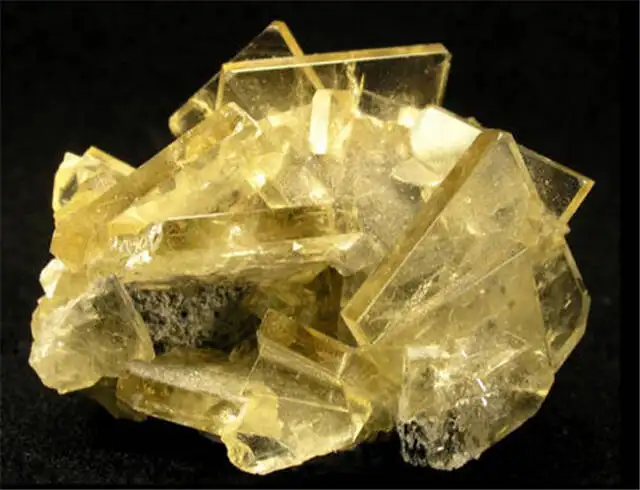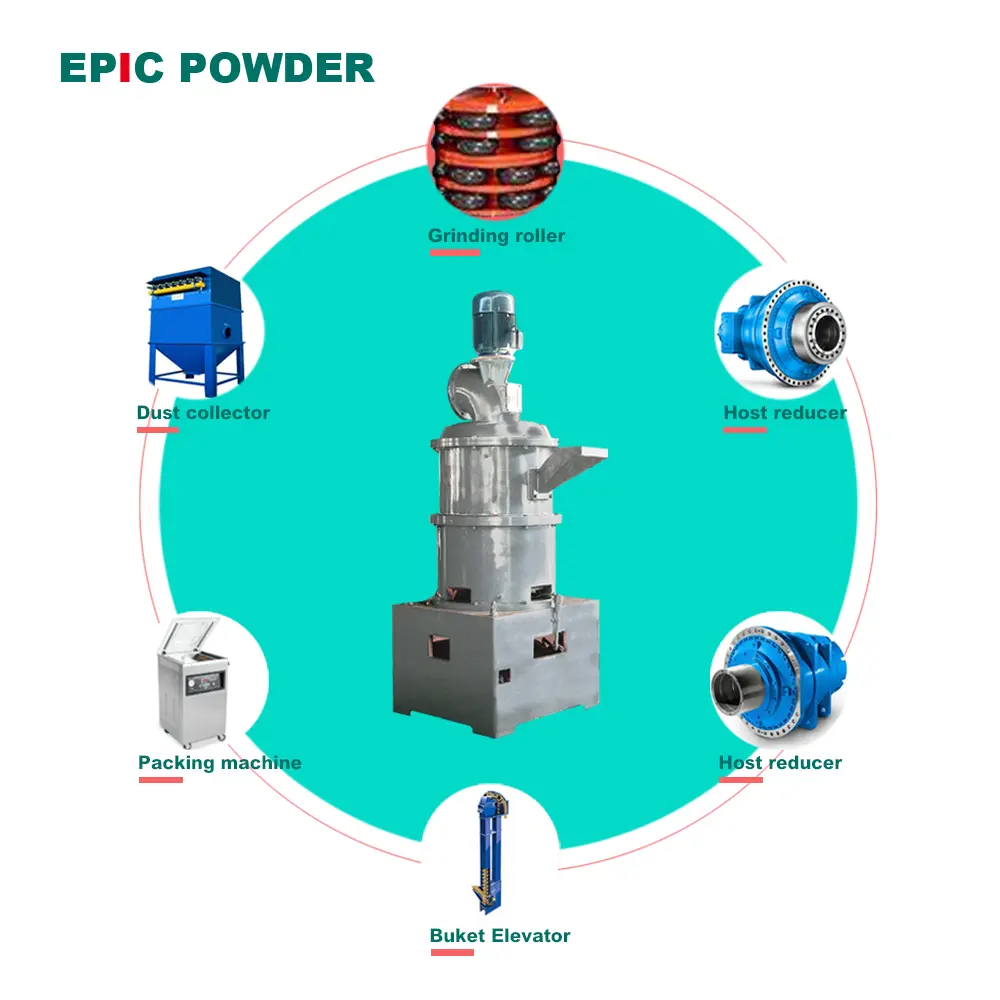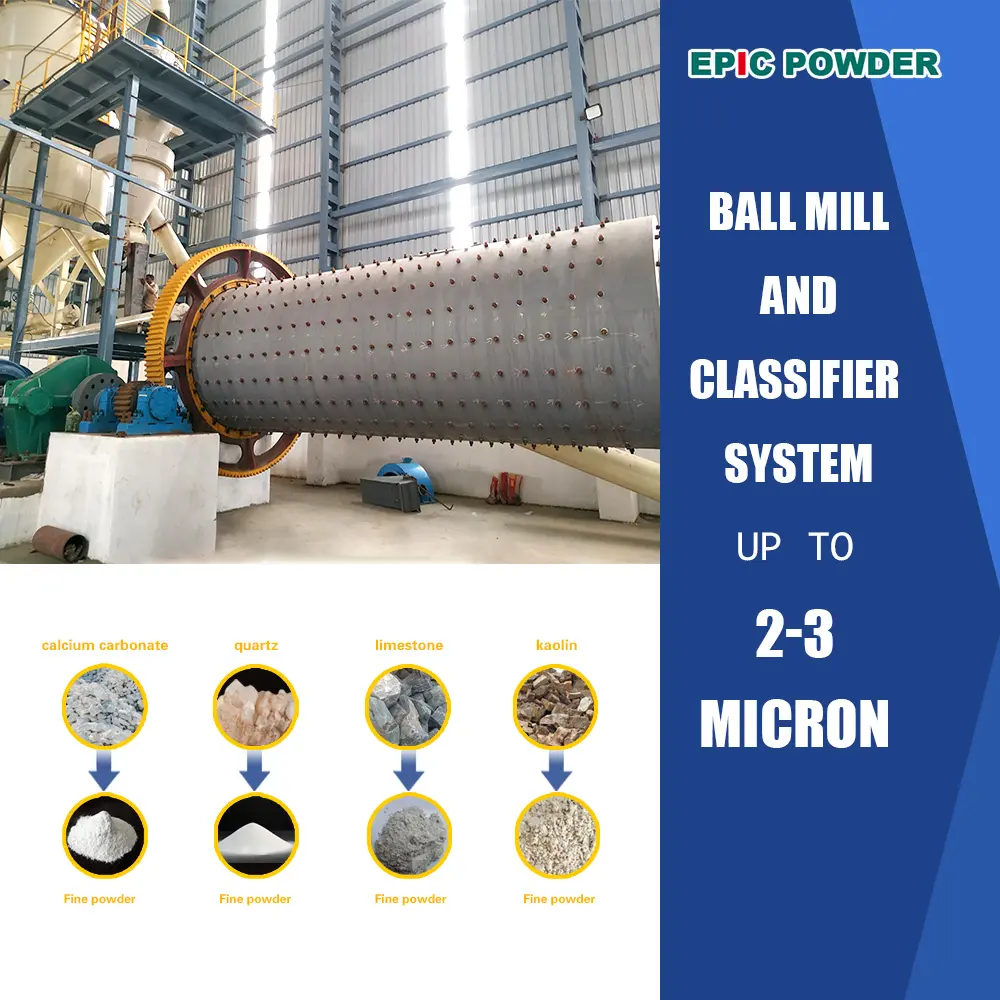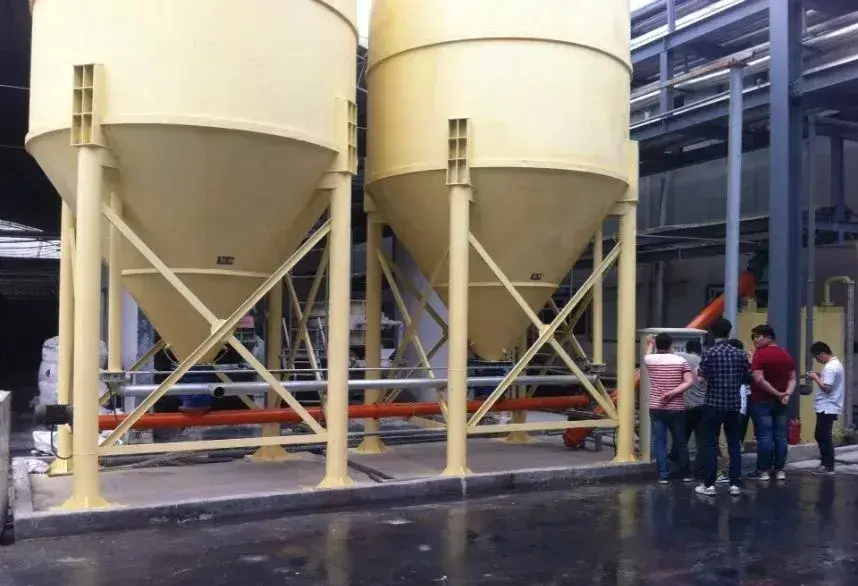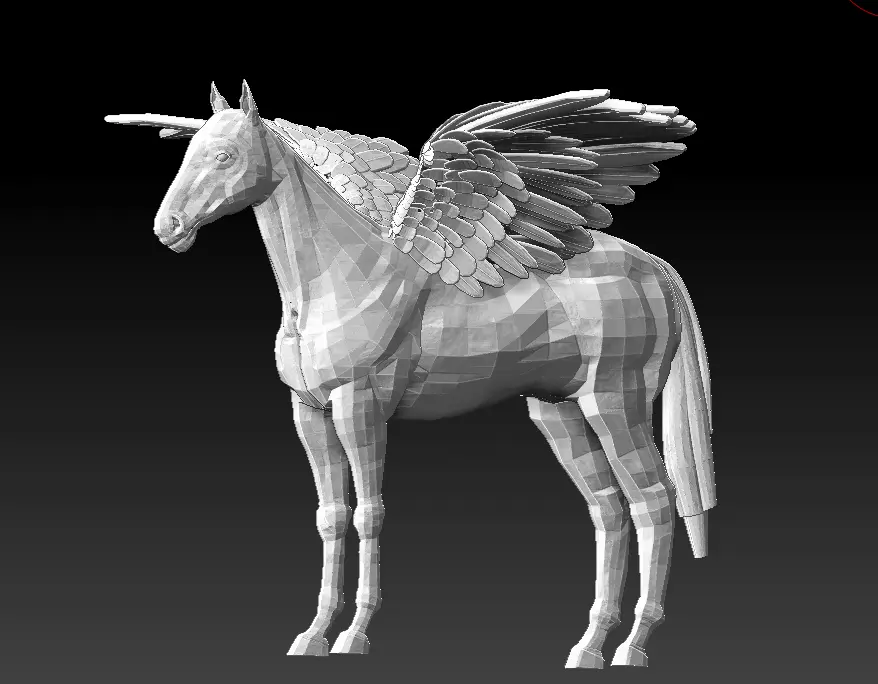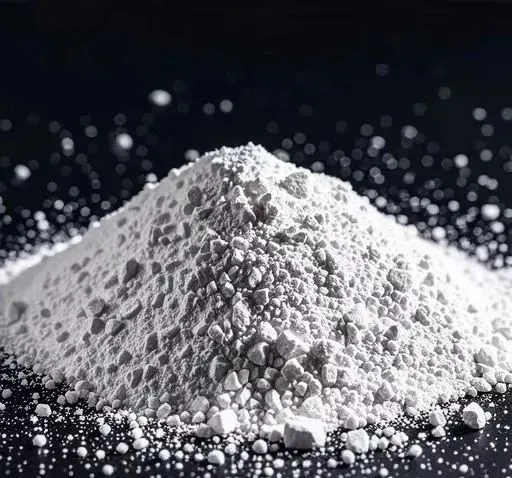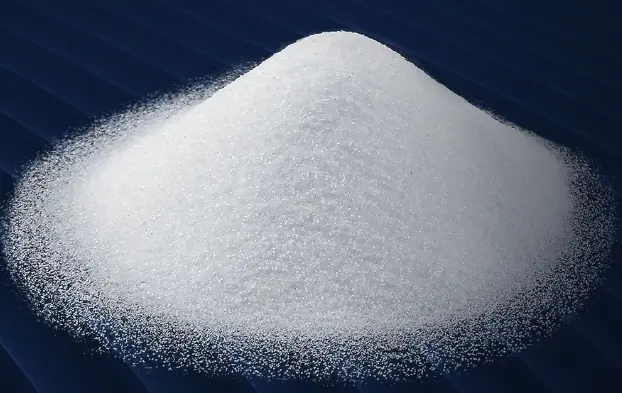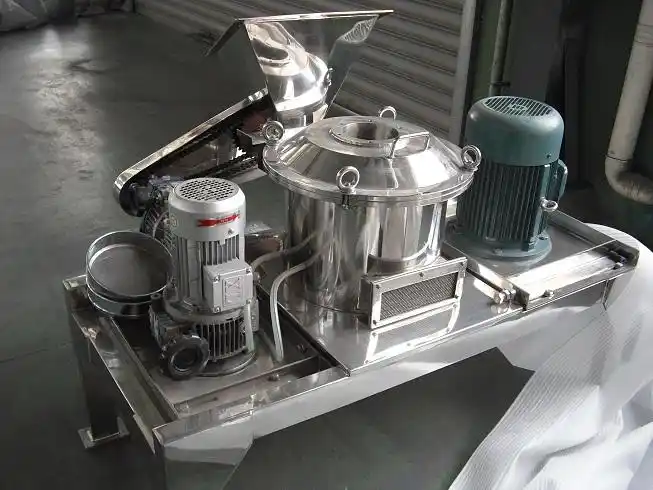Why Can Barite Protect Against Radiation? What Are Its Uses?
Barite is a non-metallic mineral primarily composed of barium sulfate. It has a density of 4.3–4.5 g/cm³ and a Mohs hardness of 3–3.5. With stable chemical properties, barite is insoluble in water and hydrochloric acid, non-toxic, non-magnetic, and effectively absorbs X-rays and gamma rays. China is rich in barite resources, ranking third globally in reserves but first […]
Why Can Barite Protect Against Radiation? What Are Its Uses? Read More »

